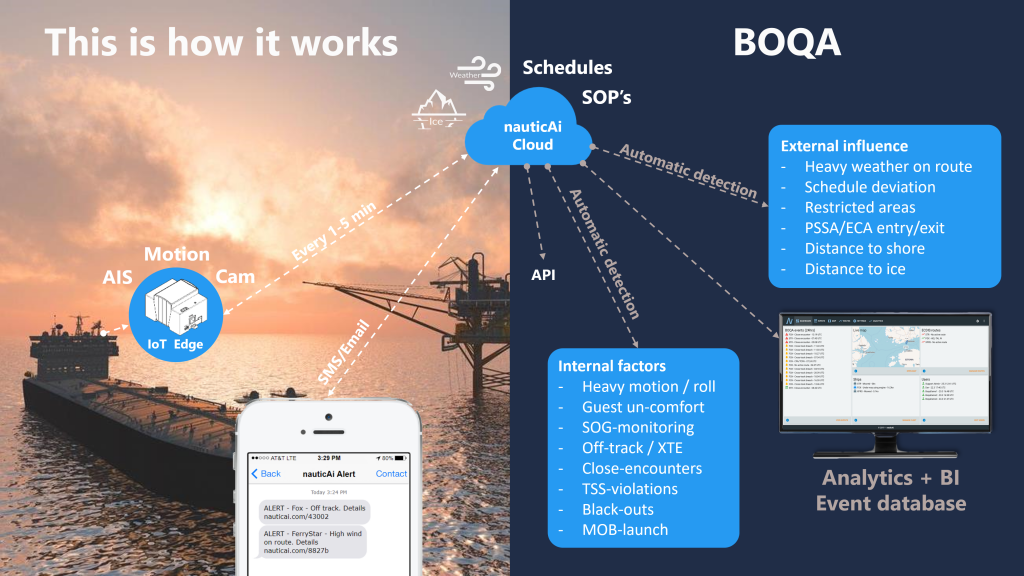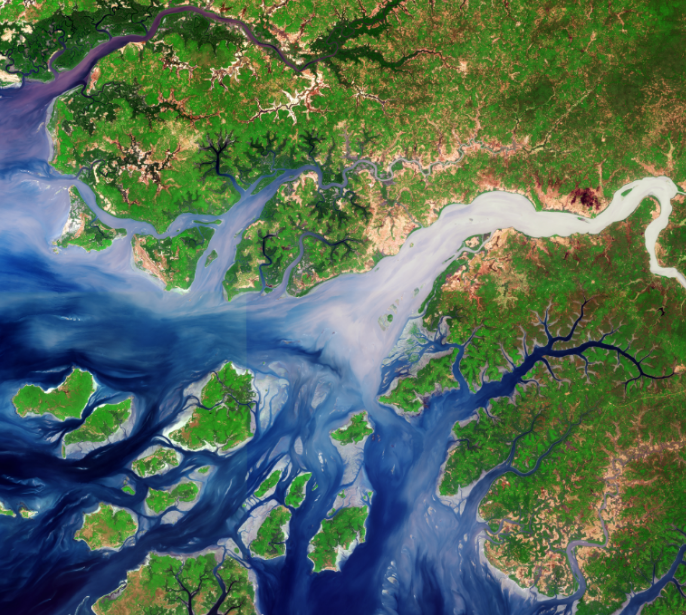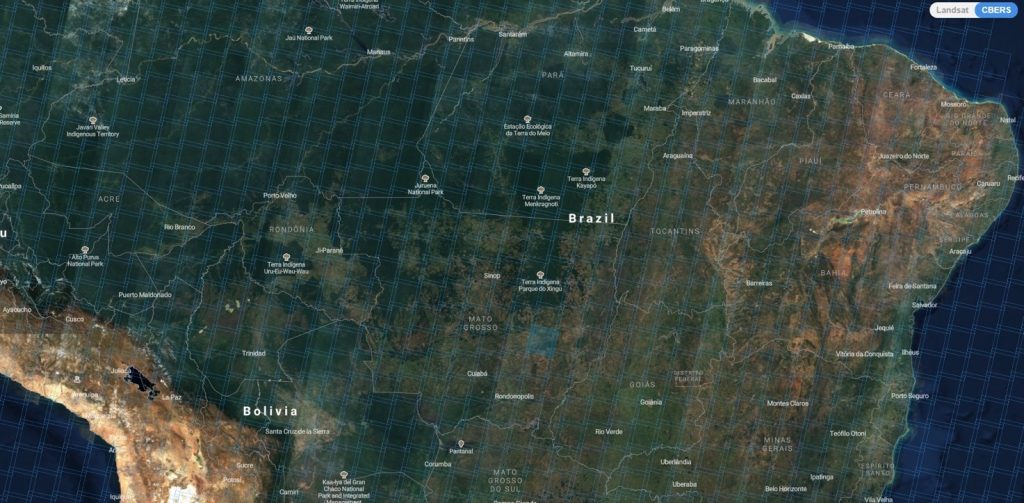AWS Public Sector Blog
Tag: open data
AWS and Chile Launch the Data Observatory Project
Amazon Web Services (AWS) has been selected as a founding member of Chile’s Data Observatory project, an innovative public-private alliance with the Chilean Government. The alliance is being created to consolidate, analyze real-time, and archive astronomy data streams from all wavelengths across all Chilean observatories in the Atacama Desert, where 70 percent of the world’s telescopes are located due to the ideal observation conditions that the geographical area provides. AWS will host the images and data that are recorded and downloaded from Chile’s world-renowned telescopes, which are continuously studying space.
Geo-Diverse Open Training Data as a Global Public Good
Radiant Earth Foundation is a nonprofit focused on delivering open geospatial data and analytics to the global development community (GDC) in support of their missions to address the Sustainable Development Goals (SDGs) and other key targets. Radiant Earth supports GDC by aggregating open geospatial data and providing access through its cloud-based platform, generating open Earth Observation (EO) machine learning tools and training data libraries, and creating new metadata standards through its MLHub Earth initiative. Additionally, the organization offers training resources to support capacity development and expertise in the geospatial and remote sensing sciences.
Maritime Operations – Automating Operational Quality Assurance with AWS and Open Data
nauticAi is a maritime startup from Finland, specializing in affordable intelligent awareness solutions for ship operators. The company’s BOQA-solution (Bridge Operations Quality Assurance) automates the Operational Quality Assurance of maritime operations with proven methods from the flight industry. A few key components in their solution include open weather data from NOAA and Finnish FMI, Internet of Things (IoT) technology, and a serverless AWS architecture using AWS Lambda and Amazon Aurora. As part of the Amazon Sustainability Data Initiative, we invited Capt. Henrik Ramm-Schmidt, CEO and founder of nauticAi, to share the story of nauticAi with us.
BlueDot Observatory – keeping an eye on our planet’s water resources
Managing water crises is one of the Sustainable Development Goals and the decline in the available quality and quantity of fresh water is ranked as one of the top ten most serious societal risks by the World Economic Forum’s 2018 Global Risks report. Using satellite imagery available through the AWS Open Data Program and the AWS Cloud, BlueDot Observatory is establishing a global monitoring system for all at-risk water bodies. This monitoring reveals a sad truth – the total loss of water bodies is in the not too distant future.
We invited Anze Zupanc, a data scientist who manages the BlueDot Observatory at Sinergise, to share how the AWS Open Data Program and the Amazon Sustainability Data Initiative support this work.
City of Louisville Builds Open Source Traffic Tools using Data, Collaboration, and the Cloud
Cities spend hundreds of thousands of dollars every year to do point-in-time traffic studies. Those studies assist cities in planning traffic signal timings and detours during street-closures. The City of Louisville, Kentucky, was paying every year for traffic studies and analysis and was getting static reports back. Instead, Louisville decided to use real-time congestion data freely available to governments through the Waze CCP (Connected Citizens Program). Combined with other information like built environment data and collision reports, Louisville could bring this together in the cloud for advanced analytics.
Apply for AWS credits to build Earth observation applications that support environmental and development goals
To help countries realize the potential of Earth observations for sustainable development, we are teaming with the Group on Earth Observations (GEO) to provide $1.5 million worth of cloud services for projects that improve understanding of our planet. Eligible government agencies and research institutions can apply for up to $100,000 of AWS Promotional Credits to build Earth observations applications that support environmental and development goals, including the Sendai Framework for Disaster Risk Reduction, the Paris Agreement and the United Nations Sustainable Development Goals.
Celebrating the OPEN Government Data Act
This week, the bipartisan Open, Permanent, Electronic, and Necessary (OPEN) Government Data Act officially became law in the United States, requiring that non-sensitive data produced by US federal agencies be made publicly available in non-propriety and machine-readable formats by default. We have long supported this legislative proposal since it was first introduced in 2016, and commend both the Congressional leaders and the Administration for their commitment to making open data a priority.
Earth on AWS session at ESA Φ-week
Enterprises, nonprofits, and startups around the globe are using the cloud to accelerate innovation in geospatial workflows to respond to natural disasters, fuel precision agriculture, plan city infrastructure, provide weather forecasts, and drive a myriad of other purposes. We convened an Earth on AWS session at the 2018 ESA Φ-week event, with presentations and discussions from experts showing how they’re using the AWS Cloud to unlock value from geospatial data and learn more about our world.
Top Ten Public Sector Stories from 2018
Happy New Year! As we start off 2019, we wanted to share the most popular posts from 2018. With a focus on developing our next-generation of cloud practitioners to best practices to get started in your cloud environment, read the top ten blog posts from the AWS Government, Education, & Nonprofit blog.
Keeping a SpatioTemporal Asset Catalog (STAC) Up To Date with SNS/SQS
The SpatioTemporal Asset Catalog (STAC) specification aims to standardize the way geospatial assets are exposed online and queried. The China-Brazil Earth Resources Satellites (CBERS) are the result of a cooperation agreement between Brazilian and Chinese space agencies (INPE and CAST, respectively), which started in 1988. Since then, five satellites were launched (CBERS-1/2/2A/3/4). The mission generates images from Earth with characteristics similar to USGS’ Landsat and ESA’s Sentinel-2 missions. In 2004, INPE announced that all CBERS-2 images would be available at no charge to the public. It was the first time this distribution model was used for medium-resolution satellite imagery. Now, this model is used for all CBERS satellite images.









